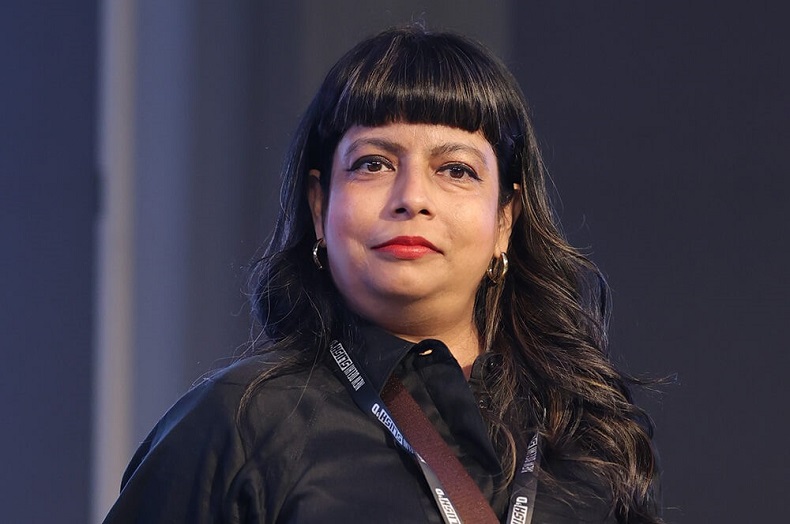India is on track to become the third largest economy in the world by 2030. It is expected by the IMF to be the fastest growing major economy in the world this year at 6.8%, and to continue at 6.5% in 2025, says Archana Jahagirdar (pictured), founder, Rukam Capital.
This growth is being powered by compelling long-term trends. India’s working age population to population ratio will be the highest of any largest economy by the end of this decade, and consumer spending is set to double in size in the same period.
Even better, India’s growth is digital-led. Between 2018 and 2023 the number of internet users in the country increased from 398 million to 907 million, growing from 29% of the total population to 64%. There are now nearly a billion mobile phone users in India, more than two-thirds of the total population.
These trends have meant that India now has the third largest startup ecosystem in the world. There was a period of extraordinary growth between 2020 and 2022, when the number of unicorns trebled to over 100 and the number of startups increased by over 50% to 57,000 with a combined valuation of over $450bn.
The picture became more complex in 2023 which was a difficult year for a number of reasons including a global economic slowdown and post-Covid market corrections. There was a sharp decline in deal volume and fundraising, which fell 50% overall.
Now, however, there are clear indicators that growth is returning. The number of startups in India rose from 57,000 to 68,000 last year. The number of unicorns has also continued to grow, to 115, with 112 “soonicorns” in the pipeline.
The government has also taken significant steps to promote a flourishing startup ecosystem in the country. Initiatives include the Fund of Funds for Startups (FFS) scheme, the Startup India Seed Fund Scheme (SISFS), and the Credit Guarantee Scheme for Startups (CGSS).
These were implemented under the Startup India initiative to provide capital at various stages of a startup's business cycle. The government also announced several new measures including tax concessions for startups and customs duty exemptions for EV-related capital goods and machinery.
There are other strong factors which could drive future growth. Last year, it was reported that investors have lined up about $20 billion in dry powder–capital waiting to be deployed in startups. India retained its position as the second-largest destination for venture capital and growth funding in the Asia Pacific region.
The exits that VC funds were able to secure in 2023 in India amounted to $3.46 billion across 79 deals. That number is likely to rise significantly in the years to come as the Indian startup ecosystem resumes its growth trajectory.
This positive outlook is further supported by the growing focus on high-innovation sectors such as BioTech, Speciality Chemicals, HealthTech, and DeepTech. All of this is being driven by venture capital investment and demonstrates the growing maturity and sophistication of the VC industry in India.
The consequence of all of this is that there is likely to be increased international investment deployed into the Indian startup ecosystem via Indian VC funds as global investors increasingly recognise the highly attractive opportunities available.
These allocators will be looking for the right partner on the ground and will prioritise Indian VC funds that can demonstrate both a strong track record and a distinctive investment philosophy, and that have sophisticated international quality operational infrastructure.
By Archana Jahagirdar, founder, Rukam Capital










